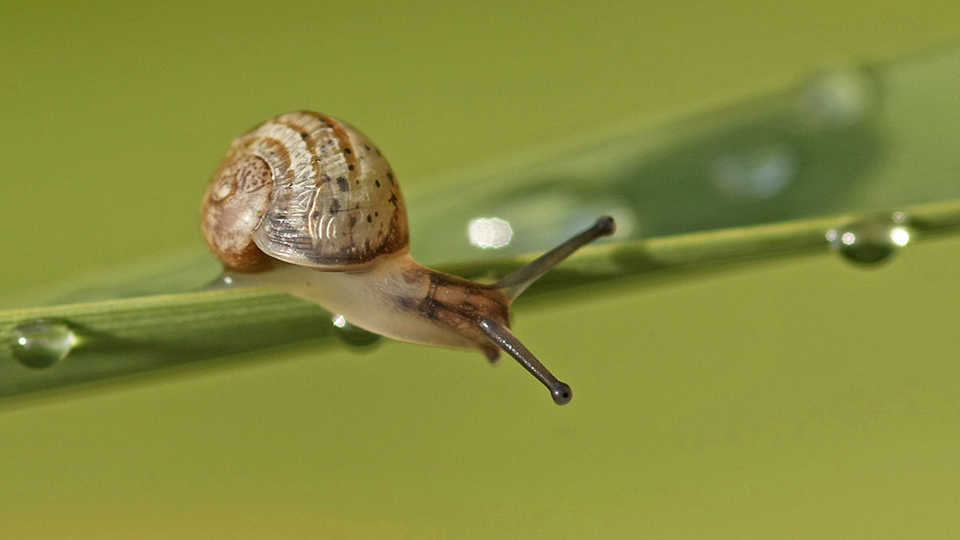In this activity, students will:
- practice observation as they examine a live animal.
- demonstrate curiosity by asking questions about the animal.
- share and record their observations and questions.

© nutmeg 66
How can you turn a snail, worm, or roly-poly into an object of inquiry for a young learner? Simply ask a few questions! With this activity, you can help guide students in making observations of a living thing and asking relevant questions about its characteristics or behavior.
In this activity, students will:
Wrap up the activity with a group discussion. Have each student share with the class the things they notice and wonder about the animal.
This activity can stand on its own as an observation exercise. However, if desired it can also be a starting point for a longer investigation.
Preschool Learning Foundations